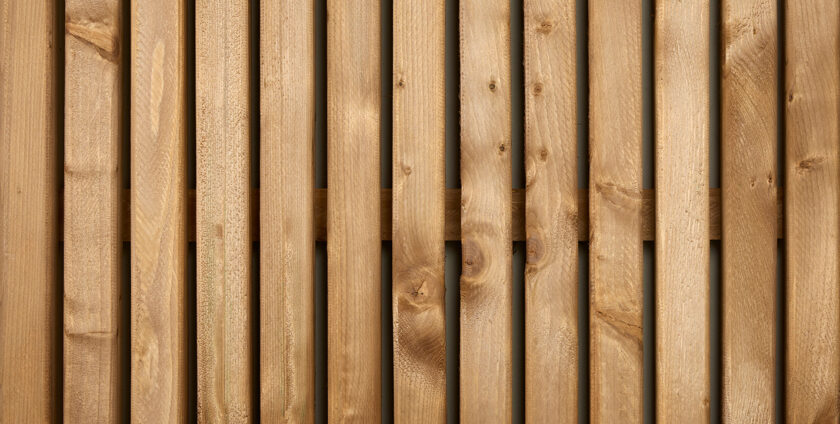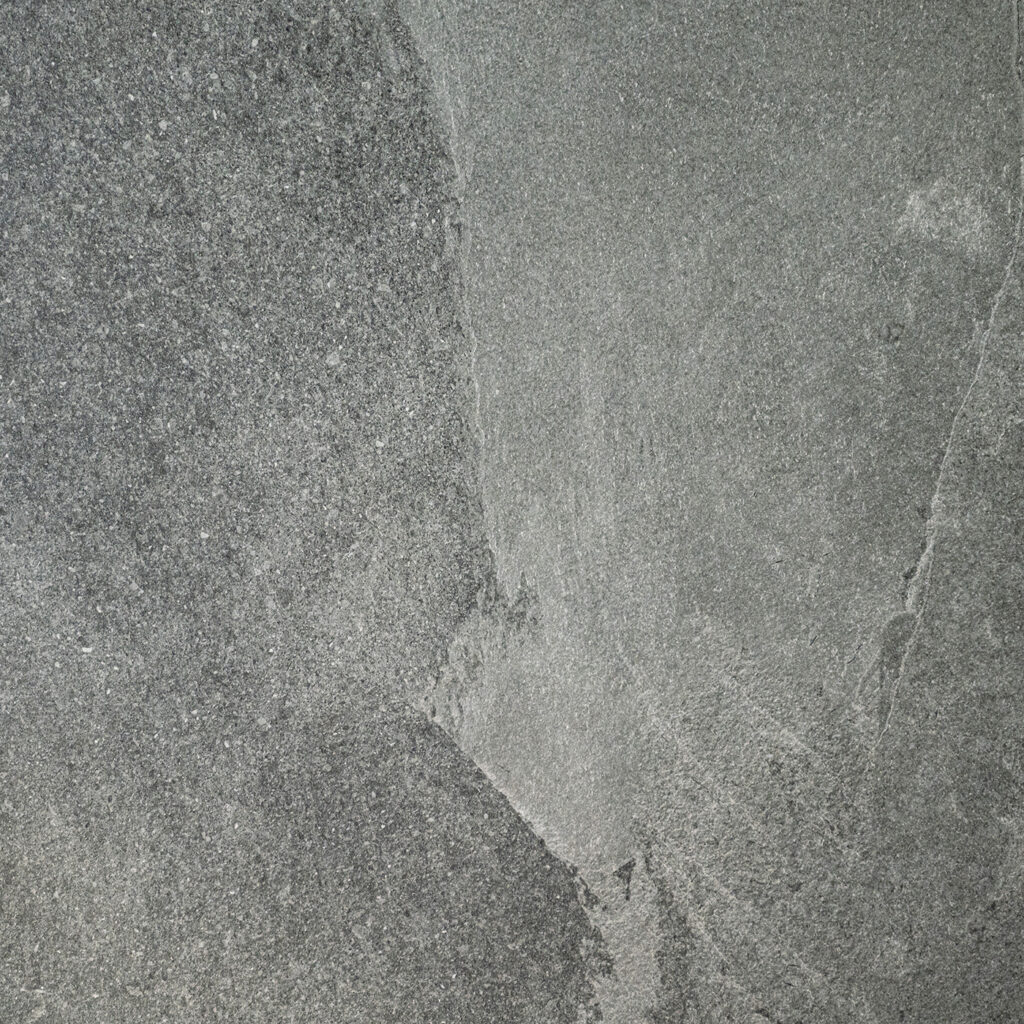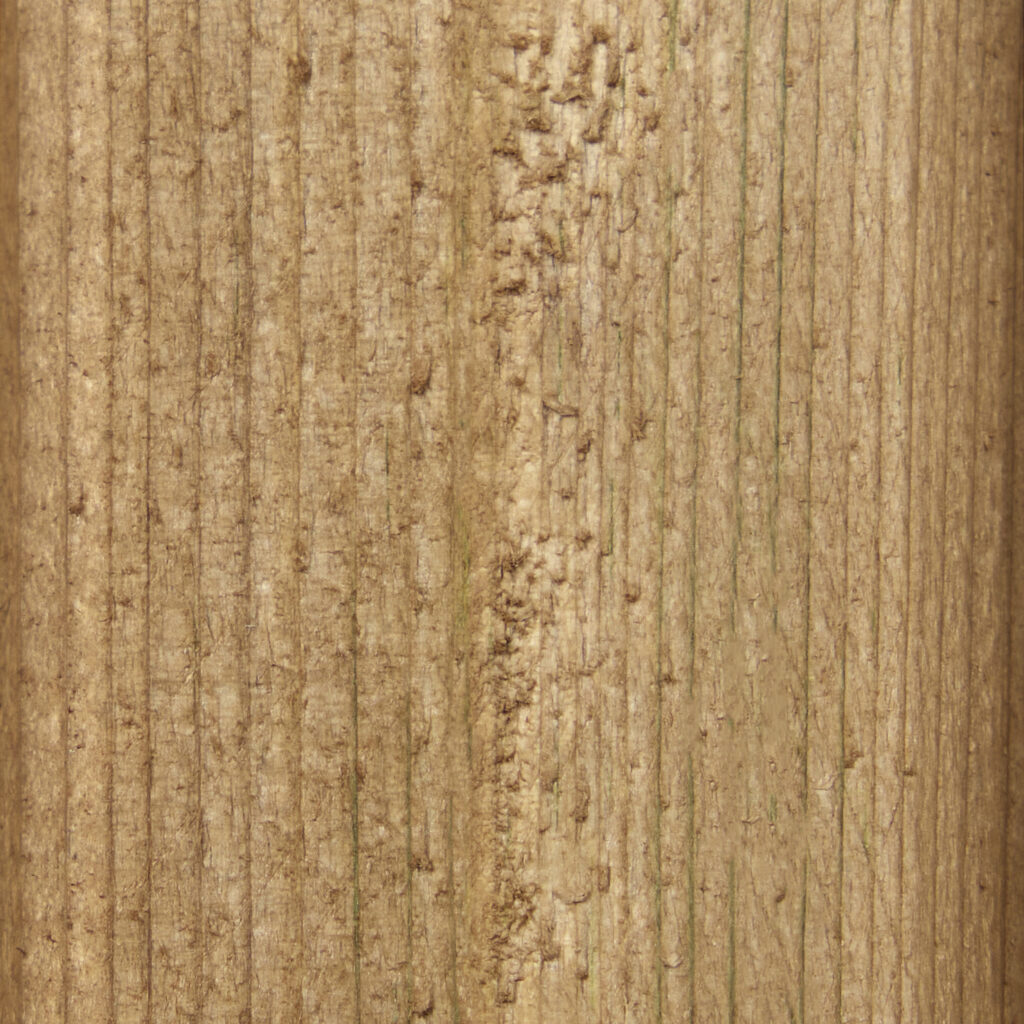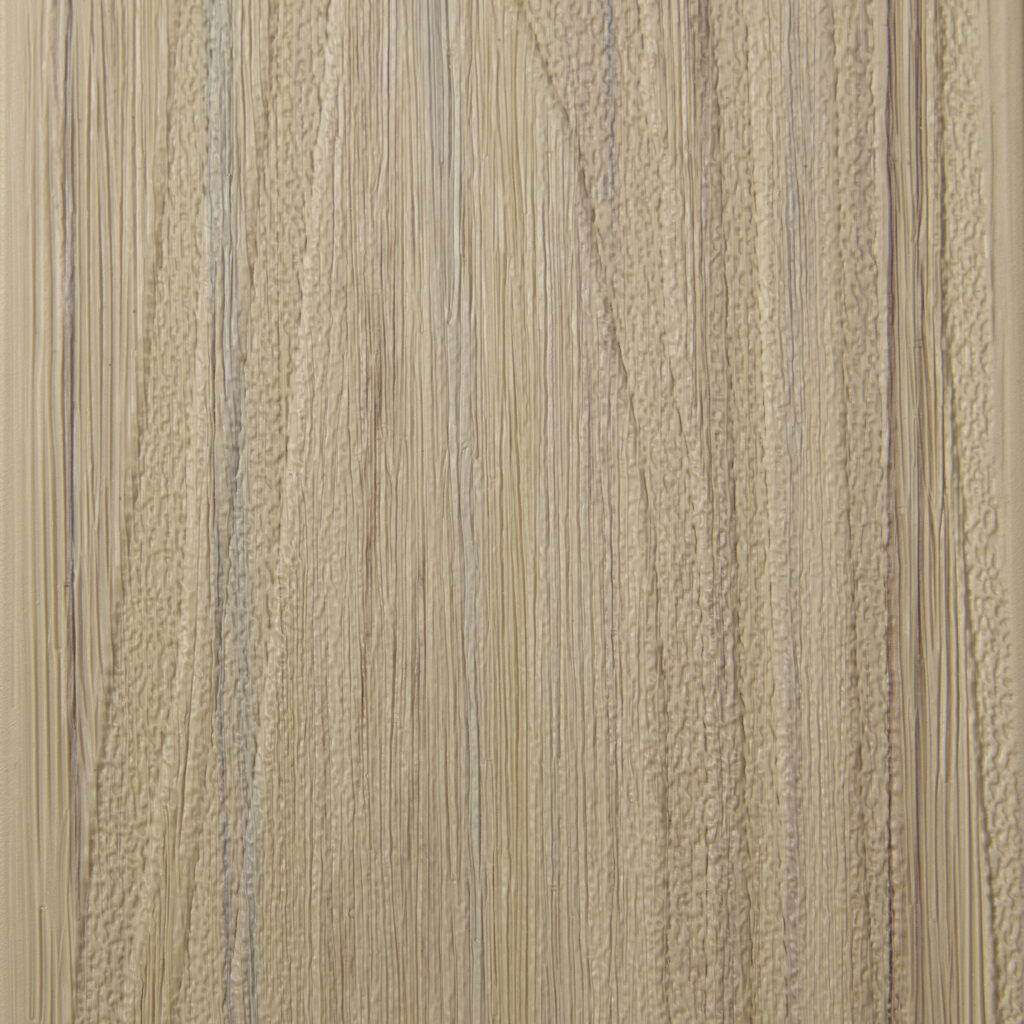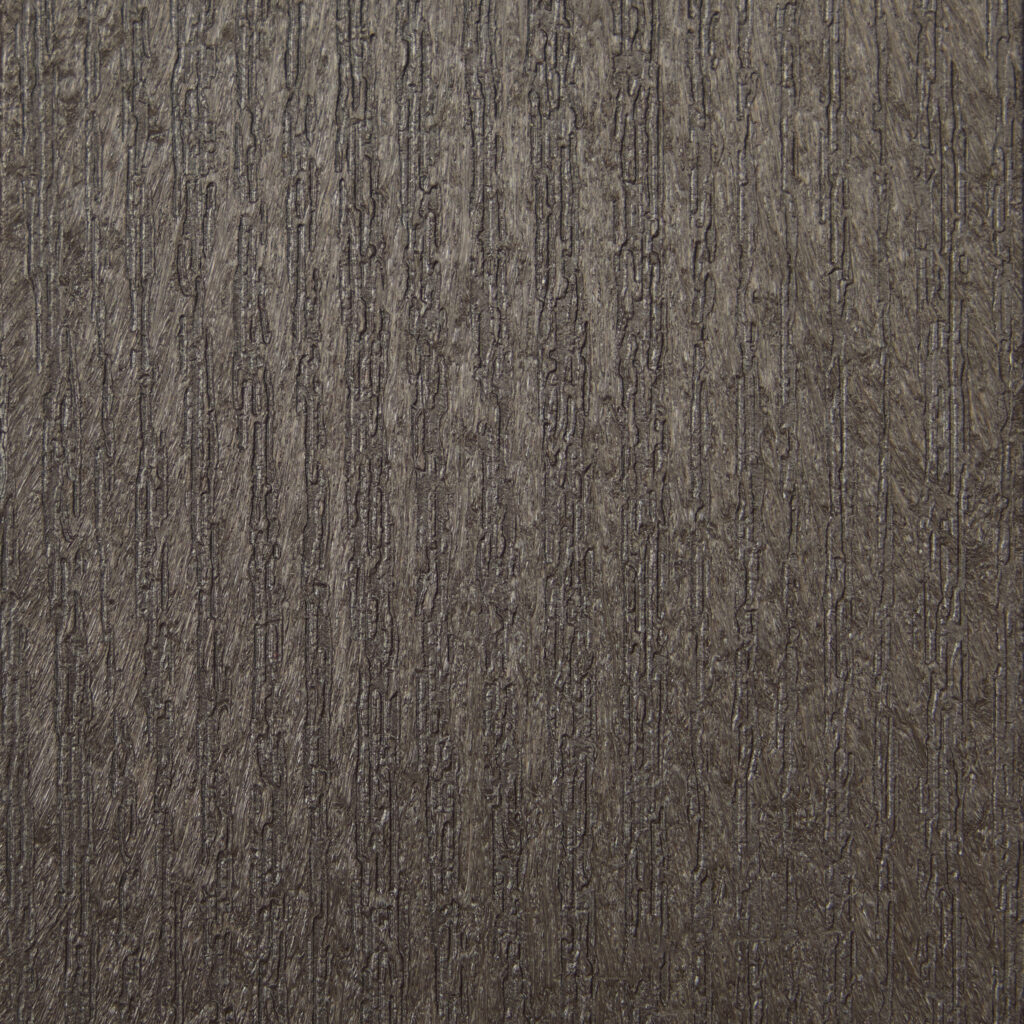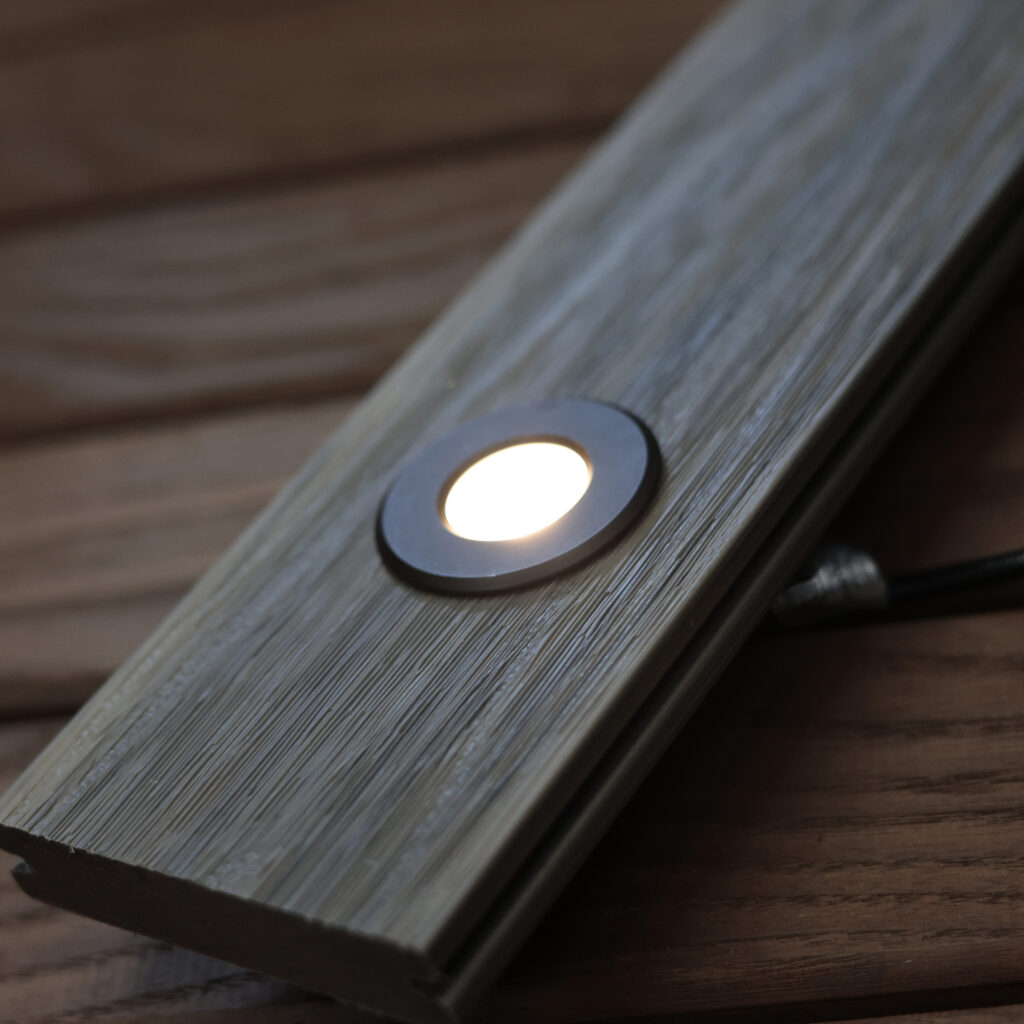Would you like to browse our deck tile products and accessories?
Selecting a decking material is an important decision that impacts the durability, maintenance, and overall look of your outdoor space. Homeowners often consider pressure-treated narrow-board wood and composite decking, two widely used materials with unique benefits. Wood offers a classic, natural appearance, while Designer Deck’s composite decking provides long-term resilience with minimal upkeep. Key factors such as cost, durability, maintenance, and environmental impact are crucial when selecting the ideal decking material. A well-informed choice ensures a deck that enhances outdoor living while providing lasting value. Understanding these differences helps homeowners invest in a deck that enhances their outdoor living experience while meeting their budget and maintenance preferences.
Pressure-Treated Narrow-Board Wood vs. Composite Decking
Pressure-treated wood is a common and affordable decking material made by infusing chemicals into the wood to enhance its resistance to moisture, insects, and decay. On the other hand, the composite decking is made from recycled materials and is preferred mostly for its longevity and good-quality. Let’s compare which product is right for you to renovate the outdoor spaces.

1. Cost Considerations
One of the biggest deciding factors when choosing decking material is cost. Pressure-treated narrow-board wood is a budget-friendly option upfront, making it an ideal choice for homeowners looking for a better way to build or replace a deck.
The initial cost of pressure-treated wood is lower than composite decking because wood is a natural resource that requires minimal processing. With regular staining, sealing, and potential repairs the expenses gradually increase as the deck ages.
Though the composite decking costs more at first, it saves money over time because it needs less maintenance.
To clarify, if budget is a primary concern, pressure-treated wood is the more affordable choice. But to reduce the after repair costs, we would recommend you choosing wood plastic composite over narrow-board wood.
2. Durability and Longevity
It is a critical factor in choosing a decking material. Special chemical treatments help wood resist decay, insect infestations, and water damage. However, it can still warp, crack, or splinter as time passes. Being naturally sourced, it expands and contracts with temperature shifts, potentially affecting stability.
In contrast, composite decking is built to endure tough weather conditions without deterioration. Made using recycled wood fibers and plastic, it withstands moisture, UV rays, and insect damage. Unlike wood, composite boards do not crack, split, or develop splinters, ensuring long-term durability with minimal wear and tear.
As a result, composite decking is the superior choice when it comes to durability and long-term performance. Also, investing in wood plastic composite is worth at it as it does requires only minimal maintenance, thus saving your money.
3. Maintenance Requirements
The level of maintenance required for a deck significantly impacts its long-term appeal and usability. Regular care is needed to keep pressure-treated wood in good condition and maintain its visual appeal. This includes sealing, staining, and repairing any cracks or splinters. Without proper sealing, wood can soak in moisture, which may cause mold and weaken its structure.
Composite decking offers a low-maintenance alternative to wood. Simply cleaning with soap and water is enough to preserve its look. Its non-porous surface prevents water absorption, making it resistant to rot and pests. Consequently, composite decking is a better option as it requires minimal upkeep.
Also, if you don’t mind occasional maintenance, pressure-treated wood can work, but it demands more attention. So, purchasing wood plastic composite decking will be a fruitful decision.
4. Aesthetic Appeal
Most of the homeowners consider the aesthetic appeal of a deck as an essential factor when selecting materials to renovate exteriors. Pressure-treated wood provides a natural and classic look that many people love. Natural wood can be customized using various stains or paints to reflect individual tastes. Over time, sunlight and moisture can cause the finish to fade, show flaws, or change colour.
Composite decking is available in various shades and finishes, with designs that mimic real wood. The main advantage of composite materials is that they retain their colour and finish for years without the need for repainting or refinishing.
Furthermore, if you want the flexibility to change the colour and appearance of your deck, pressure-treated wood is the better choice. If you prefer a deck that maintains its look without fading or discoloration, composite decking is ideal.
5. Environmental Impact
For environmentally conscious homeowners, the sustainability of the decking material matters. Pressure-treated wood is a natural resource, but the chemical treatments used to enhance its durability raise concerns about environmental impact. Some preservatives can leach into the soil, posing potential ecological risks.
Made using repurposed wood fibers and recycled plastics, composite decking supports sustainable construction. This reduces the demand for natural timber and minimizes landfill waste. Additionally, composite boards last longer, reducing the need for sudden replacements and lowering the overall environmental footprint.
For those who consider sustainability or saving the environment as a top priority, composite decking is the eco-friendly choice. Pressure-treated wood is renewable, but the chemicals used in it and its short lifespan, make it less environmentally friendly.
6. Safety Features
A deck should be a safe place for family and guests. Pressure-treated wood, while durable, can develop splinters over time, which can be a hazard, especially for children and pets.
Additionally, wood surfaces can become slippery when wet, increasing the risk of falls. On the other hand, composite decking is designed with safety in mind. It does not splinter, making it comfortable to walk on barefoot.
Composite boards are often designed with textured surfaces to enhance traction, helping to prevent slips and falls. Given that safety is a primary concern, it proves to be a dependable choice for families as well as pets.
7. Customization and Design Options
Pressure-treated wood is highly versatile, allowing you to paint or stain it in different colours to match your desired aesthetic. This allows homeowners to change the deck’s appearance over time. However, maintaining the chosen finish requires ongoing effort.
Composite decking comes in various colours and wood-like textures, but customization is limited to the pre-manufactured options. While it does not allow for staining or painting, it retains its original colour without fading, reducing maintenance.
If you want complete control over the deck’s colour and design, wood is the better option. For a hassle-free option with built-in colour choices, composite decking provides a durable and low-maintenance solution.
8. Weather Protection
Since decks are always exposed to outdoor conditions, their ability to withstand different weather is essential. Pressure-treated wood can withstand outdoor conditions but requires sealing and staining to prevent water damage, warping, or cracking. Without regular maintenance, it can gradually break down over time.
Composite decking is built to endure harsh weather conditions. It resists moisture, reducing the risk of rot, swelling, and mold growth. It also resists fading due to prolonged sun exposure, making it a durable option for areas with extreme weather conditions. In this case, choose a deck that can handle harsh weather without constant upkeep, and composite decking is eventually a better option.
9. Pest and Mold Resistance
Wood decks are prone to damage from termites and carpenter ants, which can gradually weaken them. Also, during the rainy season the wood can build excess moisture that can lead to the growth of mold and mildew, which means more maintenance is needed.
To tackle this problem composite decking is an effective solution. It withstands damage from both pests and mold. Since it is not an organic material, insects do not feed on it, and moisture does not cause decay. If you are looking for a deck that resists pests and mold without chemical treatments, composite decking is the best choice.
10. Resale Value and Investment
Keeping a deck in good condition can greatly boost a home’s resale value. Pressure-treated wood decks are attractive but require maintenance, which may concern potential buyers. Composite decking adds a modern, low-maintenance appeal that attracts buyers looking for durability and convenience.
Most homeowners prioritize long-term investment value when choosing decking materials. Composite decking provides a superior return with its durability and low-maintenance appeal.
Final Decision: Which One Should You Choose?
Selecting the ideal decking material depends on priorities, lifestyle, and budget. For those seeking affordability and a traditional look, pressure-treated narrow-board wood is a cost-effective option.
For homeowners prioritizing longevity, minimal upkeep, and modern aesthetics, composite decking is the superior choice. It withstands moisture, fading, and pests while remaining strong for years. Unlike wood, it stays intact without warping, cracking, or splintering, providing a safe and low-maintenance option.
With advanced durability, enhanced safety, and long-term cost savings, composite decking by Designer Deck outperforms wood in nearly every aspect. It is the smarter investment for a stylish and low-maintenance outdoor space that lasts.
